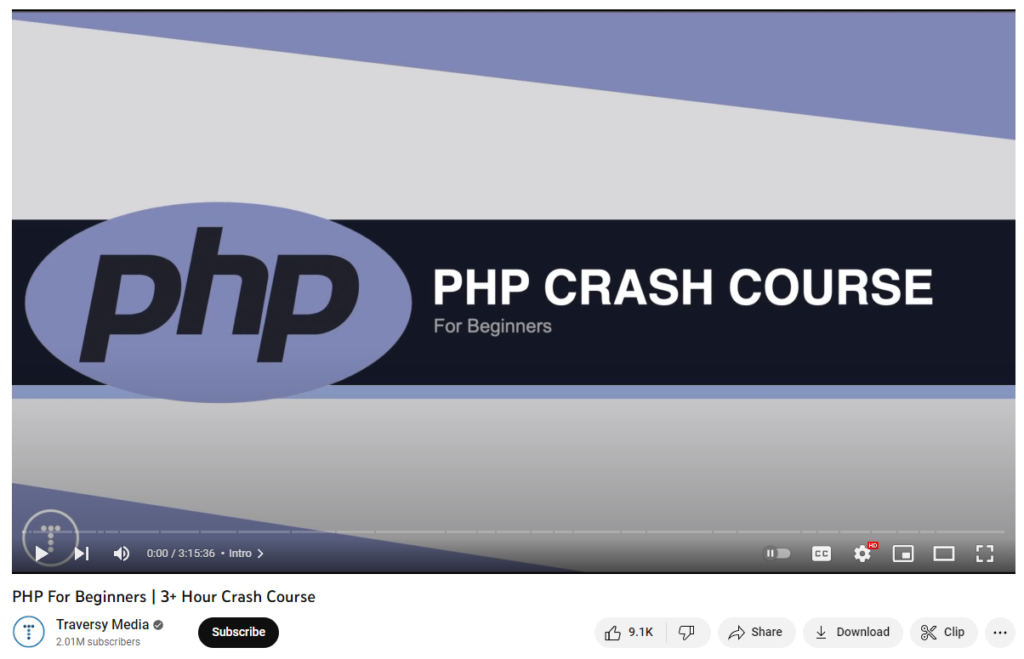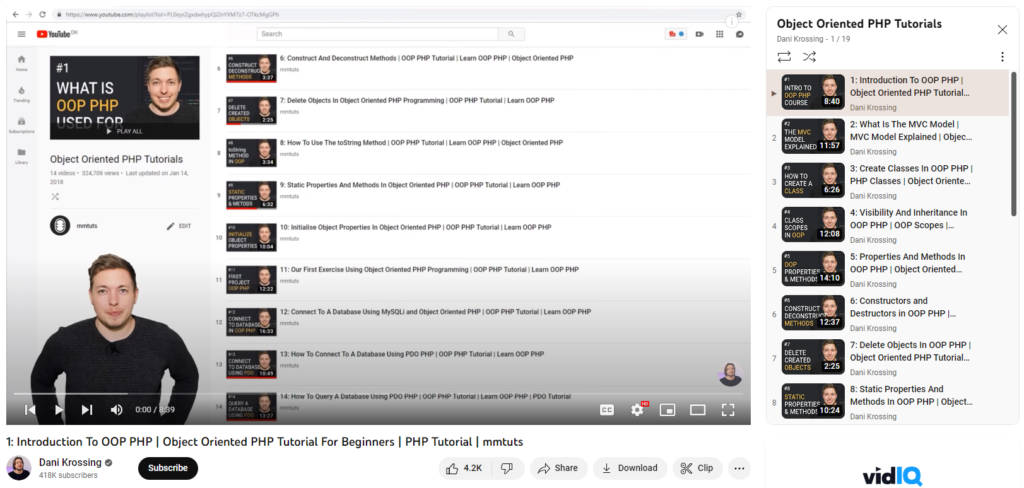So you want to be a WordPress plugin developer? Awesome! In this article, I will provide an in-depth WordPress plugin development roadmap. WordPress is one of the most popular content management systems (CMS) out there and being able to create custom plugins for it can open up a lot of possibilities for your website or for others. But where do you start? Well, don’t worry, I got you covered.
WordPress Plugin Development Roadmap
Learn the Basic PHP
First things first, you need to have a basic understanding of the programming language that WordPress is built on, which is PHP. If you’re not familiar with it, don’t worry. There are plenty of resources online that can help you get up to speed. From tutorials to forums and documentation, you’ll be able to find everything you need to learn the basics of PHP. Here is a basic PHP Crush Course by Traversy Media

Learn Object Oriented PHP
After learning the basics, you can move forward to object-oriented PHP. It will help you to build a solid foundation of clean and reusable code and you will become an efficient developer in the end. Here is an awesome OOP playlist you can follow to learn Object Oriented PHP or you can visit w3Schools.com

Read WordPress Documentation
Once you’ve got a handle on PHP, you can start diving into WordPress plugin development. A good place to start is WordPress Codex, which is the official documentation for WordPress. It’s packed with information and tutorials on how to create plugins, so it’s definitely worth checking out. But don’t just stop there, keep exploring. There are plenty of other resources online like tutorials, forums, and documentation that can help you learn more about plugin development.
Join Developers Community
When you’re just starting out, it’s also a great idea to join a community of WordPress developers. Not only will you be able to ask questions and get feedback on your work, but you’ll also be able to learn from other experienced developers. Here are some great active communities for WordPress. You can click on the images to join.


Start Developing
So now that you have the basics down, it’s time to start creating! Before you begin, it’s important to have a clear idea of what you want your plugin to do. Write down the features you want to include and make a plan for how you’ll implement them. This will save you a lot of headaches down the road.
Once you’ve got your plan, it’s time to start coding! WordPress has a lot of built-in functions and hooks that you can use to add new functionality to your plugin, so make sure to familiarize yourself with them. And don’t be afraid to experiment and try new things. That’s how you’ll learn and grow as a developer.
Also, if you get stuck somewhere or having any difficulties, start posting on the WordPress forum or the developers’ community. There are plenty of experienced developers who can help you.
Test your plugin
As you’re working on your plugin, don’t forget to test it along the way. Make sure everything is working as it should and troubleshoot any issues that come up. And remember to keep your code organized and commented, it will make it a lot easier to understand and maintain in the future.
Once you’ve got a plugin that you’re happy with, it’s time to share it with the world! You can submit it to the WordPress plugin repository so others can easily find and use it. And don’t be discouraged if it doesn’t get accepted right away, keep working on it and improve it.
Conclusion
That’s it! You’re now a WordPress plugin developer. WordPress is the best CMS in 2023. Learning plugin development can really boost your career. It may seem overwhelming at first, but by following this WordPress plugin development roadmap, you’ll be creating awesome plugins in no time. So go forth and create!


Pingback: Web Developer Roadmap: How to be a web developer in 2023